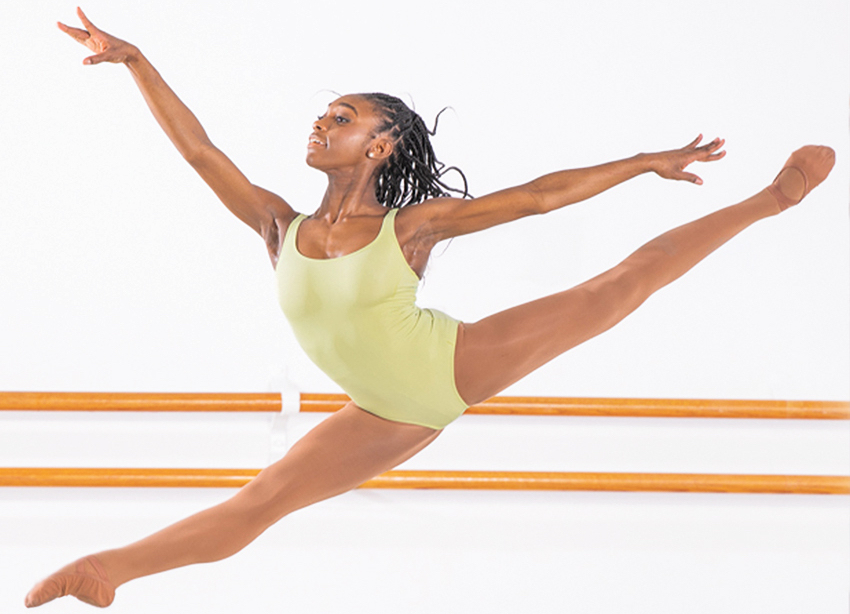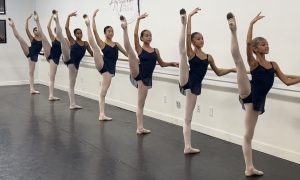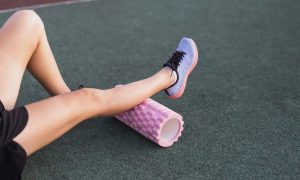Did you know that dancers, on average, jump 200 times per class? But after a year away from the studio, we won’t just be jumping right back in. While you may have managed to maintain turnout or clean up your port de bras, everyone’s leaps have lowered a little without the space or flooring to safely practice them.
Dr. Emily Sandow, DPT, OCS, a physical therapist through the Harkness Center for Dance Injuries at NYU Langone Orthopedic Hospital and partnered with Gibney, taught a class on how to work up to your pre-pandemic jump height. Before bursting into the studio with your grandest grand allegro, look through some of these tips and tricks to jump conditioning. In addition, you want to be sure you have the proper footwear and dancewear to keep your body healthy and your mind confident, so read on for some great shoe and warm-up suggestions from Só Dança.
#1. If you have access to a sprung floor, fantastic. If you’re still dodging furniture in the living room or garage, wear sneakers to moderate the stress on your bones with each impact – it’s also a favor to any downstairs neighbors. These Só Dança Adult Split Sole Dance Sneakers could be a great alternative to ballet slippers while you’re getting back to jumping at home, or even when you first return to the studio. They promote foot health through arch support and tendon protection.
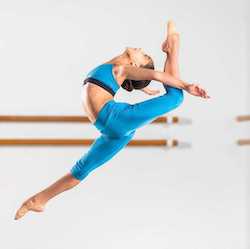
#2. Work at a 5-8 out of 10 range of intensity, and take breaks when you need. When you’re resting, and before or after class, keep your feet warm with these Elastic Laced Ballet Warmup Booties. They offer maximum support with its criss-cross elastic lacing, so you have everything you need to warm up confidently.
#3. Start in parallel and first to refamiliarize yourself with landing alignment before tackling a trickier fifth position. Be sure you’re wearing ballet shoes that fit properly as well. Só Dança’s SD16 Stretch Canvas Split Sole Ballet Shoe will hug your foot and offer the perfect amount of protection. They come in a handful of different colors and are even available in a vegan version!
#4. Pacing is important! Choose music that has a bouncing or springing beat, and slowly add airtime from there. We might wish our grand allegro was slow and soaring, but it isn’t helpful to start at the slowest tempo if we’re just sitting into our jumps. “If we sit in our jump, we lose energy,” Dr. Sandow says. “And then you have to regain energy every time you lift up. So you want jumping to be like a bouncing ball.”
#5. Another reason to start with small jumps is to train your type II fast twitch muscle fibers. This is a different kind of engagement from the slow strength of adage, and is achieved through a different physiological mechanism. Your fast twitch fibers have been deconditioned, and it’s important to mindfully reactivate them.
#6. Find full length in your jumps. Jumps move from concentric engagement in the prep, eccentric in the air, and back into concentric in the landing. This means that your muscles start shortened, then lengthen, then shorten again. Remember to be kind to those hard-working muscles, too. Warm up and cool down in these Unisex Warmup Pants, which are stylish and comfortable. Your legs and muscles will thank you.
#7. Make sure you keep your landings quiet. By keeping your muscles engaged in their elongated position in the air, not only are you creating a dynamic line, but you’re also ensuring they’re ready to absorb impact upon landing.
#8. Once you’ve got your alignment stabilized with parallel and first position jumps, test it with lateral jumps (like hopping sideways over a puddle with one feet or two) and rotating jumps (turning 180 degrees in a parallel fourth jump, for example.) This teaches your feet, knees, hips and trunk how to align and catch your weight coming out of tricky leaps. In a turning jump like a saut de basque, you want your body to remember to keep your knee from over-rotating past your toes on the landing.
#9. Don’t forget to stretch it out afterward. Calf, quad and glute stretches are a must! Get comfy in some stretching clothes – the Stirrup Warm Up Ballet Pants from the Sara Mearns Collection, “Trash Bag” Warmup Pants and Tie-Dye Zip-Up Jacket are all comfortable and perfect for warming up at home or in the studio.
#10. Take days off! While your reconditioning needs to stay consistent to see progression, days off are just as important. Let your body recuperate and digest all the sensory information you’re feeding it. Your body is smart, but give it time to think!
When working through all of this, a helpful concept to keep in mind is periodization. Periodization training is training at intervals and intensities that match up with where your baseline currently is, then slowly progressing to expand your limits. After a year of de-conditioning and Zoom classes that end before allegro, be prepared to start small. From there, you can rewire alignment, gain stamina and build strength to prepare you for the impact of jumping. As a rule of thumb, the progression of difficulty of jumps goes like this: two feet to two feet, two feet to one foot, one foot to one foot.
Periodization is a concept from sports medicine and sports therapy. “Dance research borrows a lot from sports medicine, our wealthy older sibling,” Dr. Sandow explains. “We’re at the cutting edge of a lot of dance medicine research, but there’s a lot that’s been done in sports that we’ve adapted.”
After all, dancers are athletes, and should have a pre-season training period just like any other athlete would. Working out in a gym and doing exercises tailored to you will not make you bulky; it will make you strong, less susceptible to injury and give your career a shot at longevity.
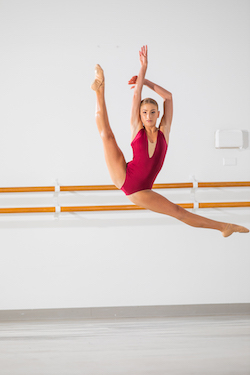
It’s hard to come back after time off. Anyone who’s ever been injured knows that. It might be especially frustrating if you weren’t a big jumper beforehand. But with focused and mindful conditioning, you can turn any weakness into a strength. Says Dr. Sandow, “Whenever I work with a young dancer with an injury, I say that this is a great opportunity for you to learn how to improve your technique. You’re going to be really smart when you come out of here. You’ll know how to protect yourself and prevent injuries down the road.”
Supplemental conditioning can be the difference between injury and health, both over long-term use and in one unstable moment with a joint in a compromised position. It helps temper the worry of big jumps, and allows us to feel properly free in our allegro. Like Dr. Sandow says, “There’s nothing like jumping, like flying through the air.”
If you’re interested in learning more about dance medicine and the preventive and rehabilitative training it offers, check out the Harkness website for information, courses, or book a free injury prevention assessment. You’re eligible for up to one free consult per year, and it is also available virtually. You don’t need to be from New York, either; dancers across the country are welcome.
By Holly LaRoche of Dance Informa.


